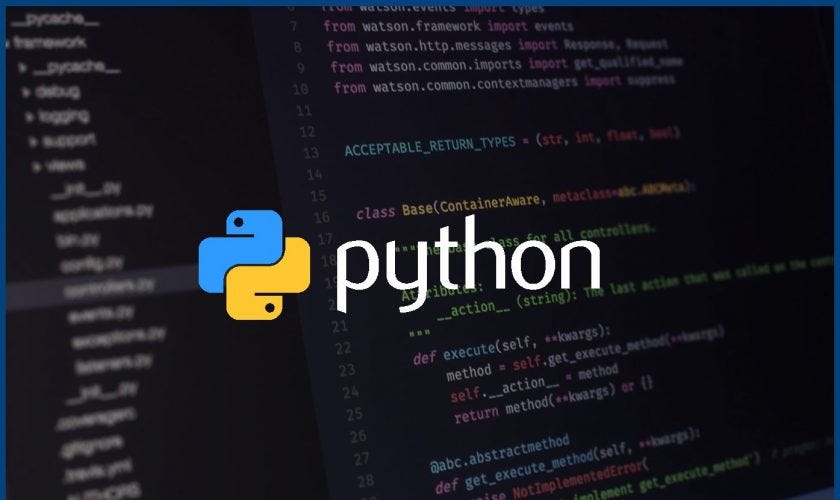Python Basics for Beginners
Table of Contents
- Introduction
- Getting Started
- Variables and Data Types
- Control Structures
- Functions
- Lists and Loops
- Dictionaries and Sets
- Modules and Libraries
- Conclusion
Introduction
Python is an approachable and versatile programming language, making it an excellent choice for beginners. Its syntax is easy to read and write, making it a great language to start your programming journey. In this guide, we'll explore the basics of Python programming, providing you with the foundational knowledge to build upon.
Getting Started
Before we delve into Python, let's ensure you have the necessary tools. Python can be downloaded from the official Python website. Once installed, you can access the Python interpreter via the terminal or command prompt by typing python.
Variables and Data Types
In Python, variables serve as containers for storing data. Python supports several data types, including:
- Integers: Whole numbers, e.g.,
5,-10. - Floats: Numbers with decimal points, e.g.,
3.14,-0.5. - Strings: Text enclosed in single or double quotes, e.g.,
"hello",'Python'. - Booleans: Representing true or false values, e.g.,
True,False.
# Variables and Data Types
age = 25
height = 5.8
name = "John"
is_student = True
Control Structures
Python allows you to make decisions using control structures. The if, elif, and else statements let you execute code based on conditions.
# Control Structures
x = 10
if x > 5:
print("x is greater than 5")
elif x == 5:
print("x is equal to 5")
else:
print("x is less than 5")
Functions
Functions are blocks of reusable code. They help organize your code and make it more readable. You can define your own functions using the def keyword.
# Functions
def greet(name):
print(f"Hello, {name}!")
greet("Alice")
Lists and Loops
Python offers data structures like lists, which allow you to store multiple items. Loops help you iterate through these collections.
# Lists and Loops
fruits = ["apple", "banana", "orange"]
for fruit in fruits:
print(fruit)
Dictionaries and Sets
Dictionaries store data in key-value pairs, while sets hold unique elements. They are useful for storing and retrieving data efficiently.
# Dictionaries and Sets
person = {
"name": "Alice",
"age": 30,
"is_student": False
}
unique_numbers = {1, 2, 3, 4, 5}
Modules and Libraries
Python's strength lies in its extensive ecosystem of modules and libraries. You can import and use these to add specific functionalities to your code.
# Modules and Libraries
import math
radius = 5
area = math.pi * radius ** 2
print(f"The area of the circle is: {area}")
Conclusion
In this guide, we've explored the foundational concepts of Python programming. You've learned about variables, data types, control structures, functions, loops, dictionaries, and more. Python's simplicity and versatility make it an ideal language for beginners. As you continue your journey, you'll uncover more advanced topics, broaden your skills, and realize the incredible potential Python offers.

